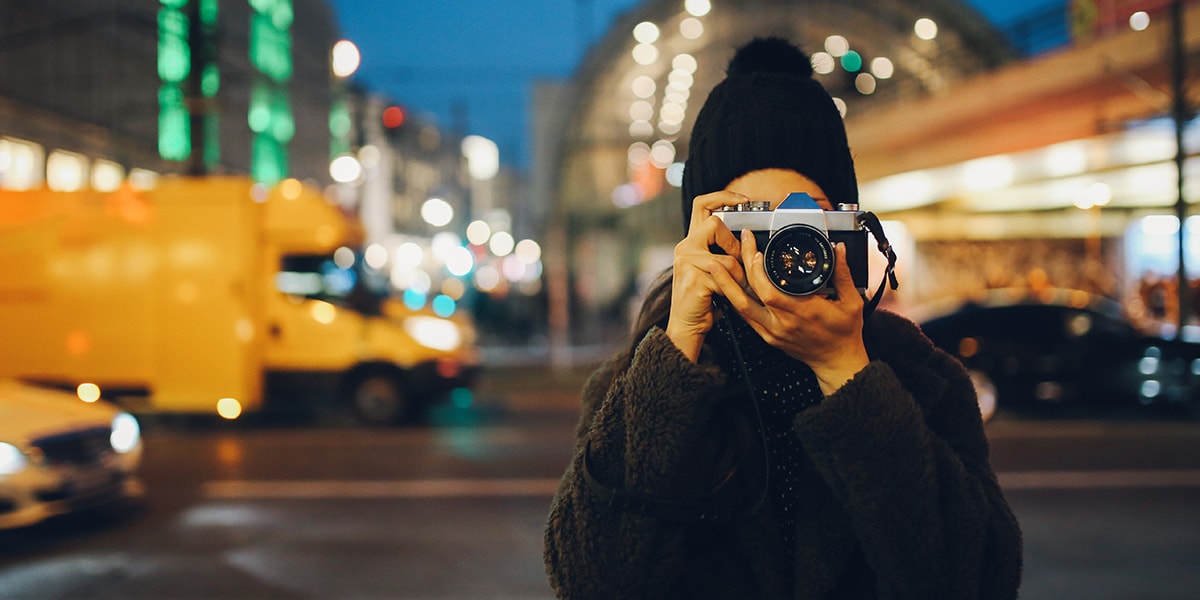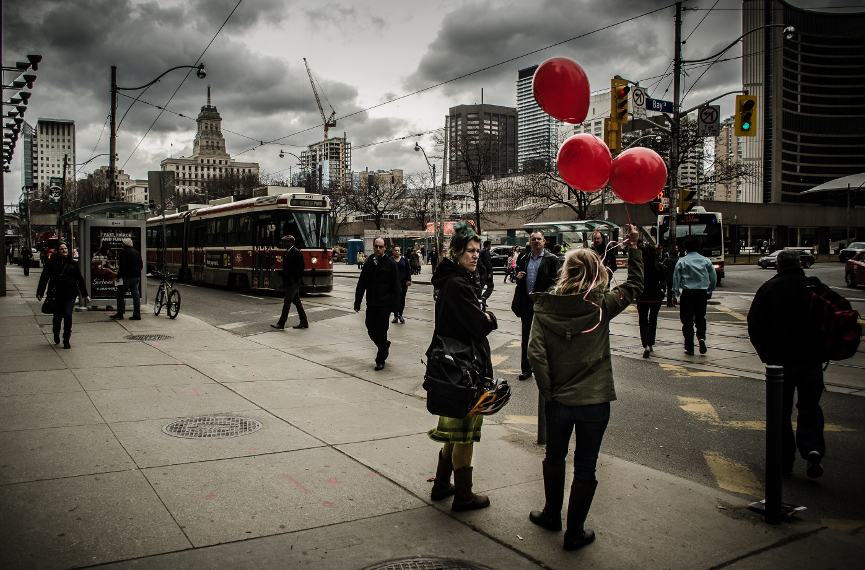The 8-Second Trick For Framing Streets
Wiki Article
The smart Trick of Framing Streets That Nobody is Discussing
Table of ContentsThe Only Guide to Framing StreetsThe Best Strategy To Use For Framing StreetsFraming Streets Fundamentals ExplainedAbout Framing StreetsThe Ultimate Guide To Framing StreetsSome Known Factual Statements About Framing Streets
, generally with the aim of capturing images at a definitive or poignant minute by careful framework and timing. https://businesslistingplus.com/profile/framingstreets1/.
The Ultimate Guide To Framing Streets
Susan Sontag, 1977 Road photography can concentrate on individuals and their behavior in public. In this respect, the road professional photographer is similar to social documentary professional photographers or photographers that likewise function in public areas, but with the goal of recording newsworthy events. Any one of these digital photographers' pictures might capture individuals and property visible within or from public areas, which typically requires navigating ethical problems and legislations of privacy, protection, and residential or commercial property.Representations of day-to-day public life develop a category in practically every period of world art, starting in the pre-historic, Sumerian, Egyptian and early Buddhist art periods. Art taking care of the life of the street, whether within views of cityscapes, or as the dominant theme, shows up in the West in the canon of the Northern Renaissance, Baroque, Rococo, of Romanticism, Realistic look, Impressionism and Post-Impressionism.
Framing Streets Things To Know Before You Get This
Louis Daguerre: "Blvd du Temple" (1838 or 1839) In 1838 or 1839 the very first photograph of numbers in the road was taped by Louis-Jacques-Mand Daguerre in one of a pair of daguerreotype sights extracted from his studio home window of the Blvd du Holy place in Paris. The 2nd, made at the height of the day, shows an uninhabited stretch of street, while the various other was taken at regarding 8:00 am, and as Beaumont Newhall reports, "The Blvd, so regularly loaded with a relocating throng of pedestrians and carriages was completely solitary, except an individual that was having his boots combed., that was motivated to carry out a comparable documents of New York City. As the city created, Atget assisted to advertise Parisian streets as a worthy subject for digital photography.

Framing Streets Fundamentals Explained
Martin is the initial taped professional photographer to do so in London with a disguised electronic camera. Mass-Observation was a social research study organisation founded in 1937 which intended to record day-to-day life in Britain and to tape-record the responses of the 'man-in-the-street' to King Edward VIII's abdication in 1936 to wed divorce Wallis Simpson, and the sequence of George VI. The chief Mass-Observationists were anthropologist Tom Harrisson in Bolton and poet Charles Madge in London, and their initial report was created as the publication "May the Twelfth: Mass-Observation Day-Surveys 1937 by over two hundred onlookers" [] Home window cleaner at Kottbusser Tor, Berlin, by Elsa Thiemann c. 1946 The post-war French Humanist School digital photographers located their subjects on the road or in the diner. Between 1946 and 1957 Le Groupe des XV every year showed work of this kind. Andre Kertesz. Circus, Budapest, 19 May 1920 Street photography created the significant material of two exhibitions at the Gallery of Modern Art (Mo, that site MA) in New york city curated by Edward Steichen, 5 French Photographers: Brassai; Cartier-Bresson, Doisneau, Ronis, Izis in 1951 to 1952, and Post-war European Photography in 1953, which exported the concept of road photography worldwide.
Framing Streets Fundamentals Explained
The recording device was 'a hidden electronic camera', a 35 mm Contax hidden underneath his coat, that was 'strapped to the chest and attached to a long wire strung down the ideal sleeve'. His work had little modern effect as due to Evans' sensitivities concerning the originality of his task and the privacy of his topics, it was not published until 1966, in the publication Many Are Called, with an intro written by James Agee in 1940.Helen Levitt, then an instructor of children, connected with Evans in 193839. She documented the temporal chalk illustrations - vivian maier that became part of kids's road society in New york city at the time, as well as the kids that made them. In July 1939, Mo, MA's new photography section included Levitt's operate in its inaugural exhibitRobert Frank's 1958 book,, was substantial; raw and often indistinct, Frank's images examined conventional photography of the time, "tested all the formal guidelines set by Henri Cartier-Bresson and Pedestrian Evans" and "flew in the face of the wholesome pictorialism and heartfelt photojournalism of American magazines like LIFE and Time".
Report this wiki page